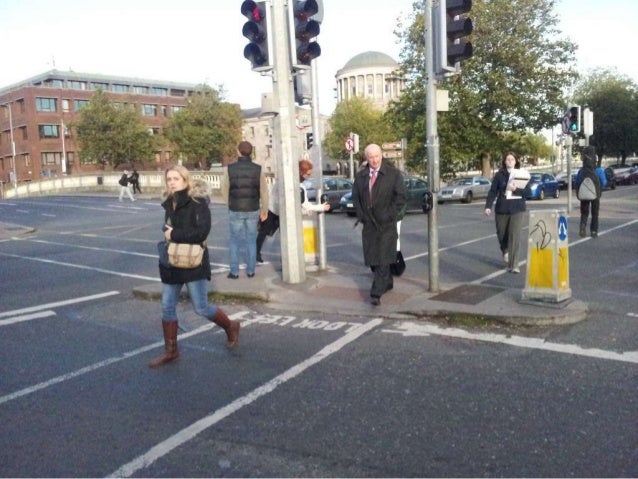

“In our survey, we find that the most important public spaces for the people here were not the parks or within any premises but they mention places such as the spot where they meet up with their friends, the place to eat their favourite char koay teow, and all these places are on the streets,” he said. The Heritage Zone has 13.6 ha (33.7 acres) of public space that includes parks and streetscapes while there are 15.3 ha (38 acres) of potential space that could be turned into public parks and streetscapes. Macdonald said they also have a public realm study that mapped the city with information such as public spaces that are important to residents along with the public parks, the green spaces and the walkways. Other problems raised were the open drains and high traffic along the road. In November last year, Penang Institute also conducted a Chulia Street Streetscape Project where 297 responses were collected from residents, businesses and pedestrians along the street.Ī majority of the respondents in the survey agreed that the busy road is lacking safe crossing points and that obstacles such as parked motorcycles on the five-foot ways are a problem for the street. “We are working with the local authority to clear up the walkways so that pedestrians can walk the length of the street without being forced out to the road,” he said. The busy Chulia Street, which is one of the main arterial roads in the inner city, has been picked as the pilot initiative to clear blockages along its five-foot ways. In a bid to make the city more walkable, Penang Institute is using its urban space project findings with suggested measures to create more walkable pavements and five-foot ways for pedestrians. “In our project, we also identified pavements and five-foot ways with obstructions such as motorcycles parked on it or permanent walls being put up,” he said.

Penang Institute’s head of urban studies Stuart Macdonald said though the city has 80 per cent of pedestrian infrastructure, the 20 per cent gap is big enough to affect the walkability of the city. The state-owned think tank documented pedestrian infrastructure all around George Town and found 18.1 kilometres of pavements, 23 kilometres of five-foot ways, 6.1 kilometres of other access lanes and another 10 kilometres of space without pedestrian infrastructure. GEORGE TOWN, Aug 9 ― Navigating your way around the Unesco World Heritage Zone by foot can be fun what with so many charming stops along the way.īut it can also be a challenge as the narrow walkways and streets are very often crowded and a two-year public space project by Penang Institute clearly illustrates the need for more space for pedestrians. Chulia Street is the first street for the local council together with Penang Institute to start its walkability project.


 0 kommentar(er)
0 kommentar(er)
